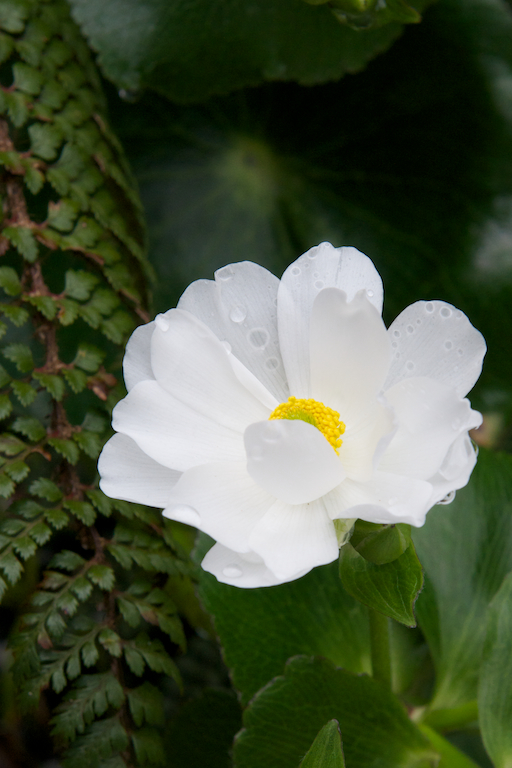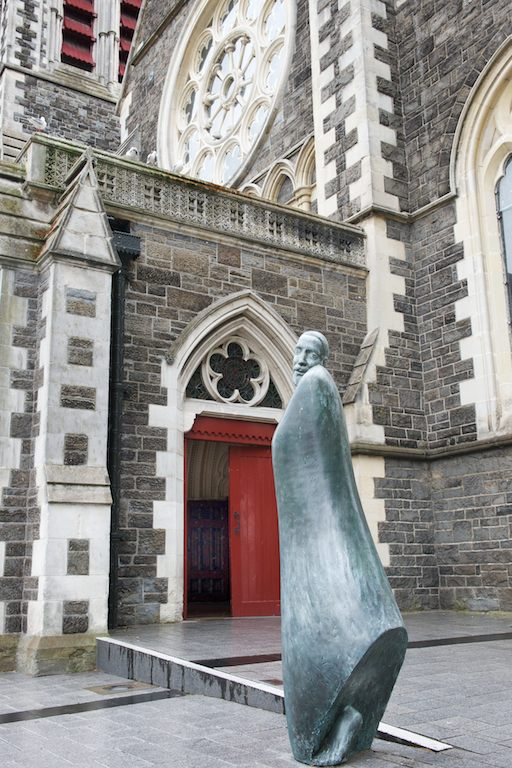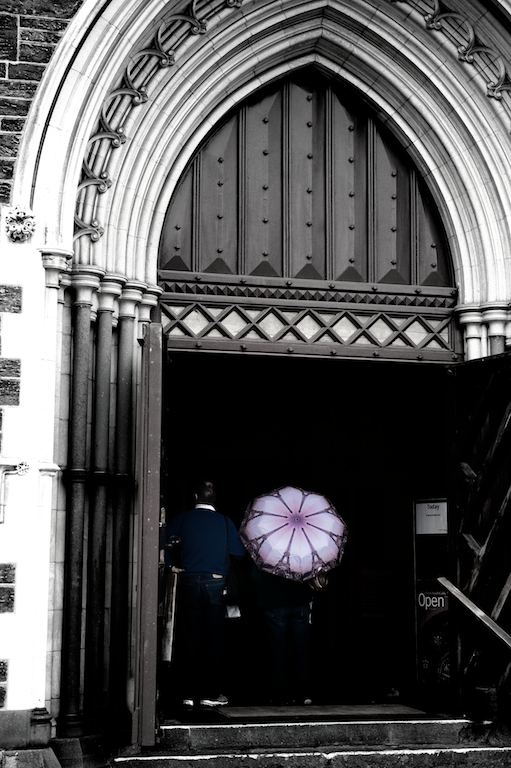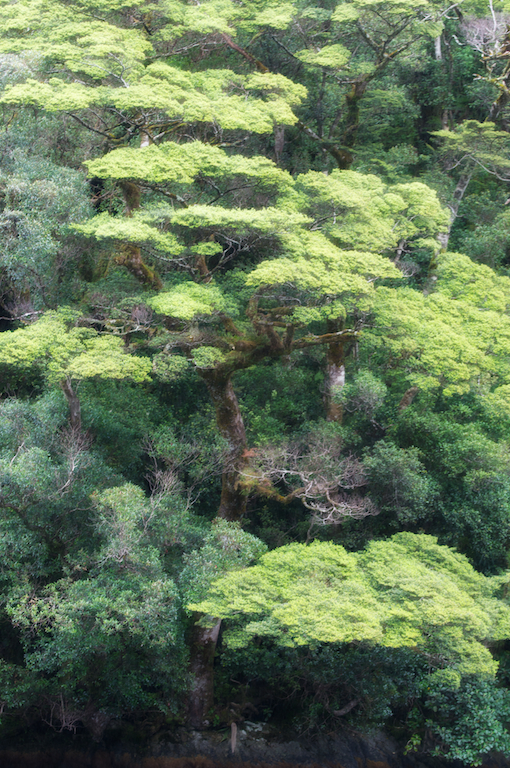
Driven to Extraction
Having spent four of the grayest, rainiest weeks ever in Australia, Fiji, New Caledonia and New Zealand, it reminded me of a valuable pro photographic lesson that I’ll share with you. It’s called ‘extraction.’
Of course, every photographer loves sunny days with lots of blue sky and clouds. But, what do you do when you get to a place where you only have a day or two and the weather sucks? Maybe it’s actively raining or, worse yet, the sky is a featureless, dull gray, the proverbial kiss of death for photographers. Even dark, angry clouds are great for dramatic impact, so no complaints from this photographer when the weather threatens. But those dull, lifeless skies are the nemesis of the hardworking pro.
Extraction Shots
So, what we do in that case is extract images from the background and simply exclude that dull sky, the equivalent of making lemonade from lemons. In fact, plant and flower images often are best under gray skies, since the lighting is even and you don’t get harsh shadows or hotspots on the bright areas of flowers.If you have a flower or tree with great colors- especially after a rain when raindrops are still visible on the petals- you can work with the scene and get acceptable images. In this shot, we were in the mountains of Doubtful Sound, on the South Island of New Zealand. It was a drizzly, gray day so I couldn’t shoot the mountain against the sky. Instead I shot this Mt. Cook lily. I wouldn’t call this a prize-winner, but I think it illustrates the point.
Extracting Urban Scenes
Ditto with urban scenes on yucky days, where you need to discipline yourself to take tight shots that give you a sense of place without including the sky. I had only two days in Christchurch, New Zealand and again the weather was terrible. I knew I couldn’t get the images I had planned, such as the cathedral against a blue sky with clouds. Nor could I get some of the Botanical Garden images I had planned. So, I changed my focus to extract shots of subject against a contextual background without including the sky. These two images give you an idea of what I’m talking about, both taken in Christchurch, at the cathedral of the same name.
(For those of you interested in the technical aspects, I rendered the next image in Black and White, but left the umbrella and the man’s shirt in color).

Forest Extraction Images
One final example. You can also isolate elements of a forest by using a telephoto and focusing on a specific tree or branch that has great color or an unusual shape. In this next image I was on a boat in Milford Sound, South Island, New Zealand on another miserable day. I would have loved to have landed on a solid shoreline to photograph the scene with my tripod so it would be tack sharp and I could include the foggy, misty sky, but that wasn’t possible. So I went with the flow (and rocking of the boat) and upped the ISO to 800 to extract trees from the background. I liked this shot for the compositional elements of the way the tree filled the frame and seems to flow through it, but it wasn’t tack sharp, usually a fatal flaw that forces me to press the Delete key. However, in this case I decided to have fun with it and I processed the image with a soft glow filter using Nik Software, something I rarely do, but I’m not apologizing for it. For me it kinda works.
Until the next blog, don’t get driven to distraction by featureless skies. Take control and drive yourself to extraction.